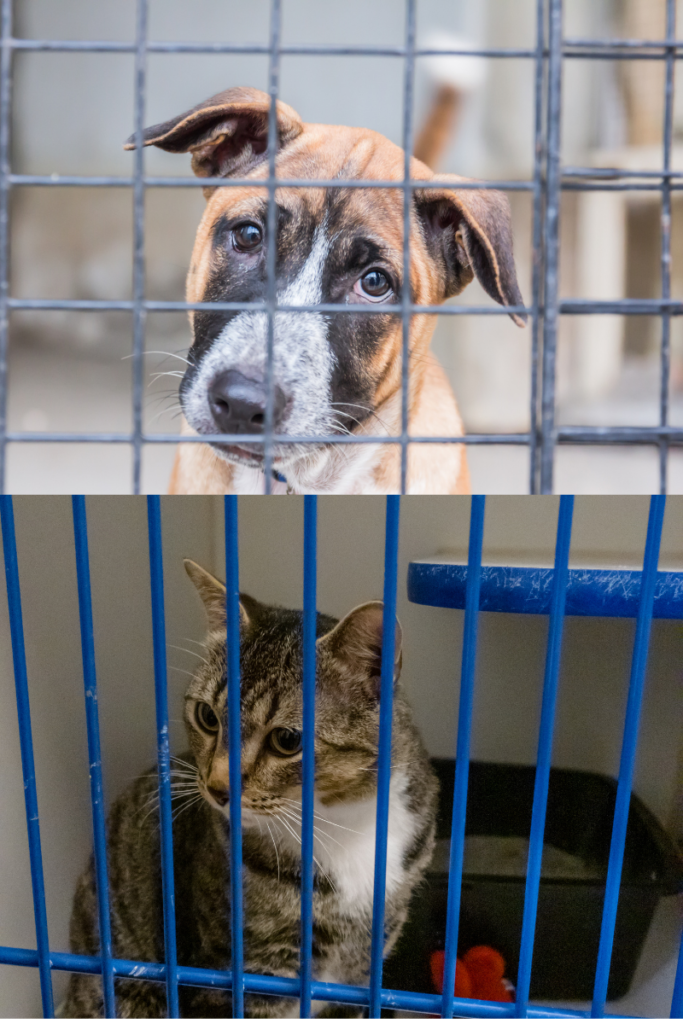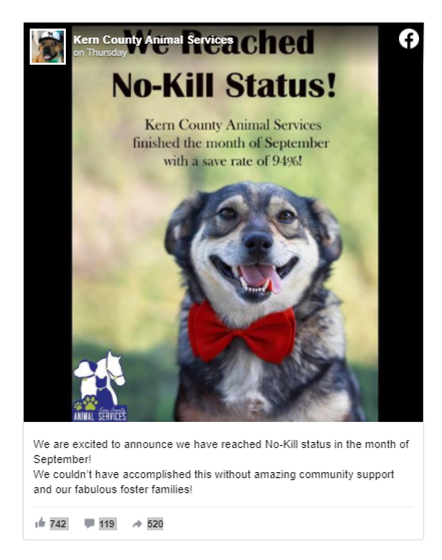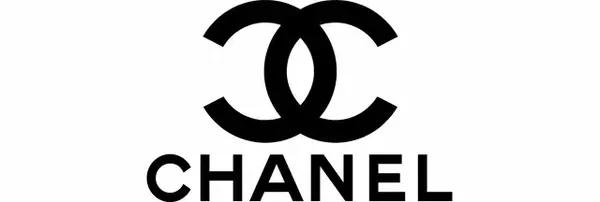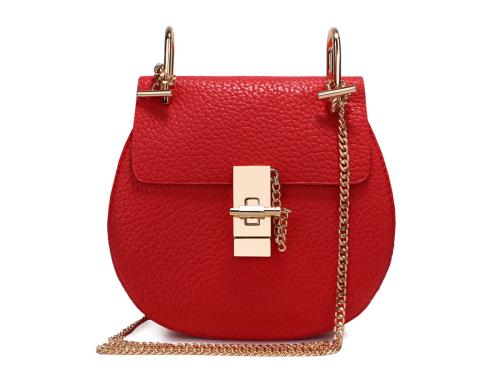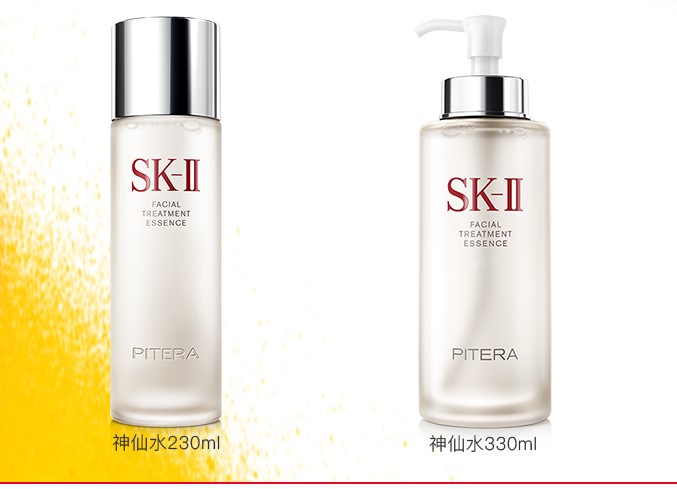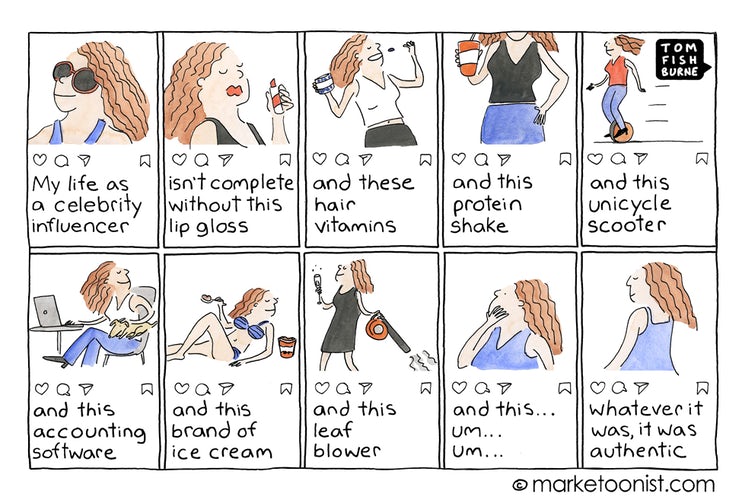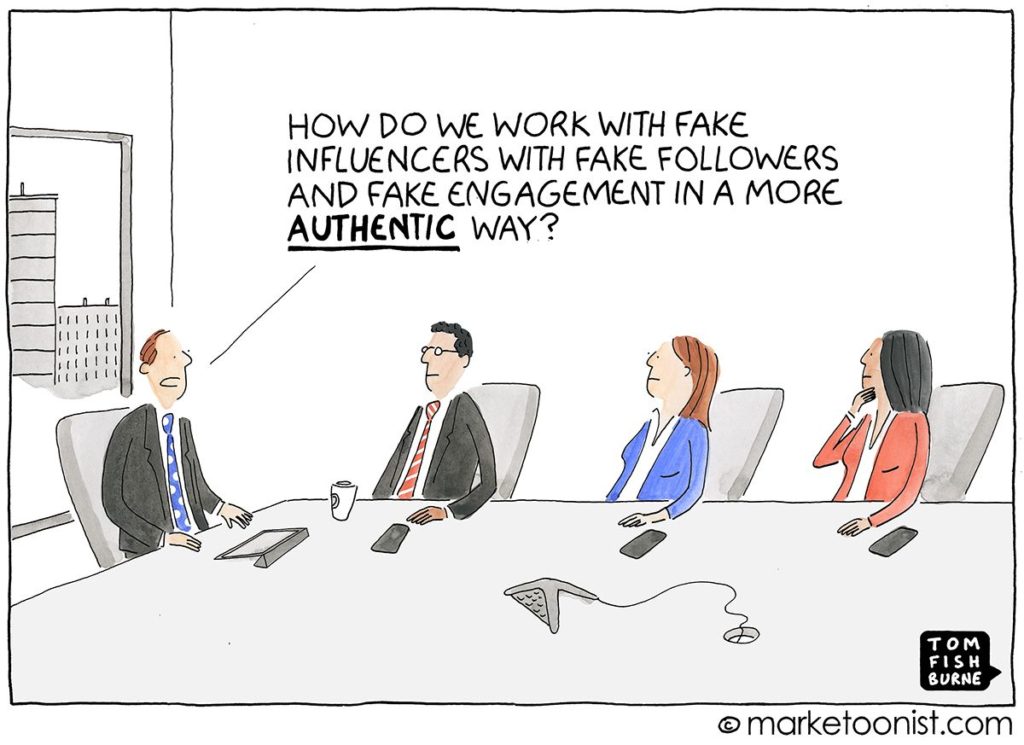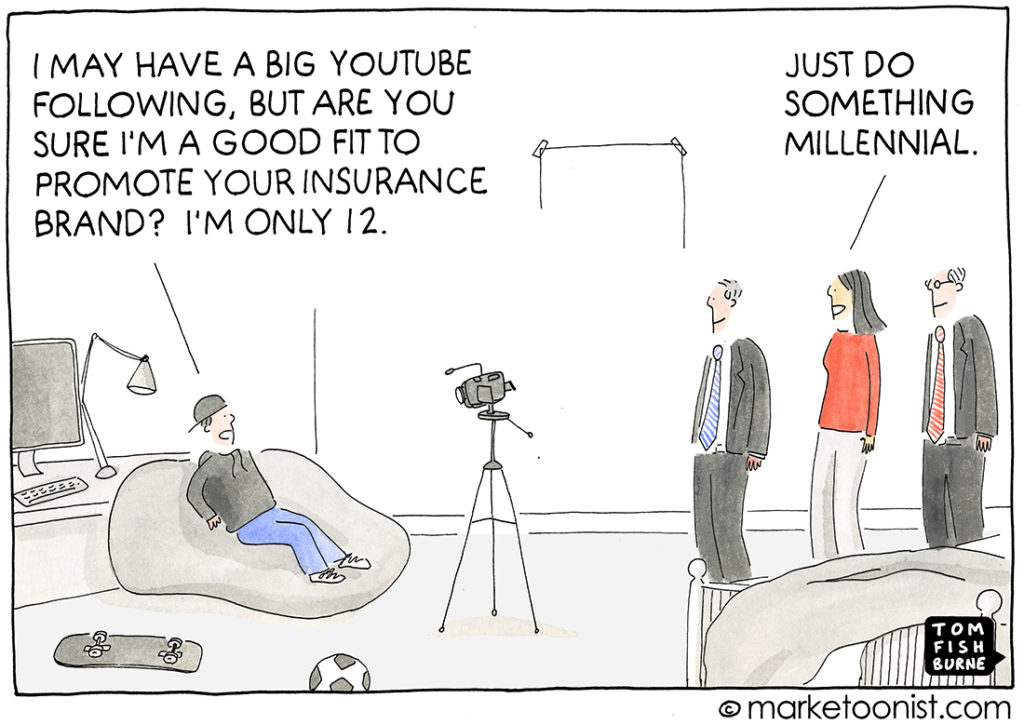If you’re active on social media or have any Armenian friends and acquaintances, you may have heard of a recent war breaking out between Azerbaijan and Armenia. To give some context, on September 27, Azerbaijan launched an attack on the autonomous region of Artsakh (also known as Nagorno-Karabakh), located in the South Caucasus and populated and controlled by 98% ethnic Armenians (Toal, O’Loughlin, Bakke, 2020). In 1921, Stalin annexed the region to Azerbaijan to keep close relations with Turkey. After the collapse of the Soviet Union, Artsakh fought to be united with Armenia, which in turn sparked a war that ended in a Russian-brokered ceasefire in 1994 (Armenia-Azerbaijan: What’s behind the Nagorno-Karabakh conflict?, 2020) . After over 20 years, the ceasefire continues to be broken by Azeri forces seeking to regain control over the region. This time, the conflict is the worst it’s been since the war in 1988 which killed around 30,000 and displaced over 1 million people (Toal, O’Loughlin, Bakke, 2020). That should probably explain why you might be seeing posts on social media.
Now, what does integrated marketing have to do with any of this? We’ll get to that. I wanted to first mention an incident a friend of mine currently living in Yerevan (the capital of Armenia) shared on instagram. He was at the store buying essentials needed for a refugee center in Yerevan hosting families who have fled their homes in Artsakh as Azeri forces are now shooting missiles towards the capital city of Stepanakert. One of the essential items was adult diapers. He noticed that the cheapest brand was made in Turkey, and he asked the clerk to give him one that was not made in Turkey, the cost did not matter. That sparked him uncovering a severe issue: if Armenia was to ban all Turkish products, there would be an enormous rise in poverty, ending in a class war. Turkey has extremely close ties with Azerbaijan, and Rep. Erdogan has repeatedly supported President Ilham Aliyev saying, “Turkey would stand with all its resources and heart behind Baku (Azerbaijan President Aliyev thanks Turkey’s Erdogan for support, 2020). Therefore, one can connect the dots that if Turkey is sending ample military aid to Azerbaijan, while Armenia still supports Turkey economically by selling their products, Armenia in a way is on the route for self-sabotage.
Armenia is a land-locked country, having its borders with Turkey and Azerbaijan closed and relies on its relations with Georgia and Iran, which explains how Turkish products are imported. Calls for a boycott for Turkish products in Armenia have risen since the recent events, even though there have been multiple efforts in the past (Hergnyan, 2020). Sadly, Armenia imports significantly more than it exports. According to the Statistical Committee of Armenia, in the first six months of 2020, Armenia exported $374,000 worth of goods to Turkey, 72.3% less than in the same period last year. In the same six months, Armenia imported about $99 million worth of goods from Turkey (Hergnyan, 2020). Refer to the graph for a visualization of the data. Armenia’s infrastructure is not strong enough to completely halt the imports of Turkish products, and experts say this initiative could take up to ten years. Ten more years of Armenia supporting the country that does not recognize the Armenian Genocide, the event the founders of the Ottoman Empire’s Young Turks perpetrated 100 years ago, and continue to deny.
I hope other people like my friend in Yerevan have the same reaction when it comes to buying goods and essentials. Please consider supporting Armenian businesses at this time, learning more about the Artsakh and Azeri aggression, as well as donating to Armenia Fund at armeniafund.org.
Sources:
Armenia-Azerbaijan: What’s behind the Nagorno-Karabakh conflict?. (2020). BBC News. https://www.bbc.com/news/world-europe-54324772
Azerbaijan President Aliyev thanks Turkey’s Erdogan for support. (2020). Reuters. https://www.reuters.com/article/us-armenia-azerbaijan-turkey/azerbaijan-president-aliyev-thanks-turkeys-erdogan-for-support-idUSKBN26L2CG.
Hergnyan, S. (2020). Purging Armenia of Turkish goods: The prospects and pitfalls of a nationwide boycott. Hetq. https://hetq.am/en/article/122296
Toal, G., O’Loughlin, J., Bakke, K. (2020). The fighting in Nagorno-Karabakh is about local territories and wider rivalries. The Washington Post. https://www.washingtonpost.com/politics/2020/10/02/fighting-nagorno-karabakh-is-about-local-territories-wider-rivalries/



